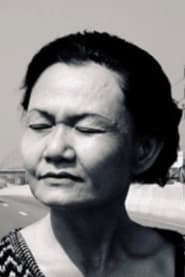
Ablaze(2016)
ABLAZE premiered at the 27th Singapore Film Festival, November 24, 2016
Movie: Ablaze
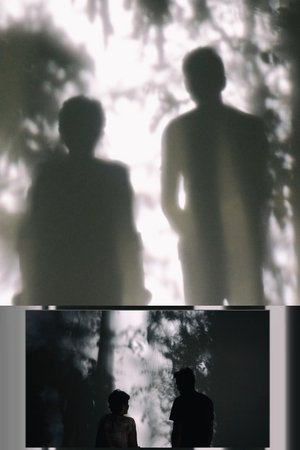
Ablaze
HomePage
Overview
ABLAZE premiered at the 27th Singapore Film Festival, November 24, 2016
Release Date
2016-11-26
Average
0
Rating:
0.0 startsTagline
Genres
Languages:
Keywords
Similar Movies
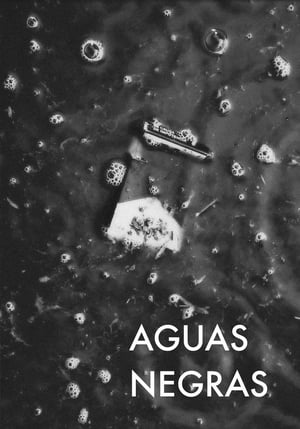 0.0
0.0Black Waters(es)
“Aguas Negras” is an experimental documentary about the Cuautitlán River. The film examines the passage of time and the pollution of the river by focusing on conversations with multiple generations of women in the filmmaker's family that have grown up by the river in a municipality identified as having the highest perception of insecurity in the State of Mexico.
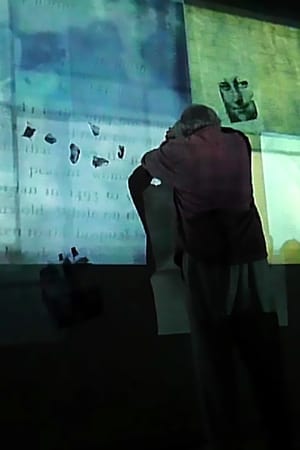 10.0
10.0Eighteen fragments from Malcolm Le Grice’s After Leonardo(en)
"This installation or performance work puts my own earlier film of the Mona Lisa (1973) through another stage of transformation – my own irretrievable self of some 34 years ago is now also part of the subject I first saw the ‘actual’ ‘Mona Lisa’ when I was about thirteen. Of course I had seen dozens of reproductions in books and postcards by then and the popular mythology of the enigmatic smile was already well engrained in my mind. My strongest impression, as I recall, was how small and unsurprising it was – a heavily protected cultural icon – no longer really a picture – and I was much more excited by the painting of the distant landscape than by the face. My own ‘version’ of ‘la Giaconda’ was never an homage, nor like Marcel Duchamp’s ‘L.H.O.O.Q’, an attack on its cultural power. Instead it came from a fascination with change and transformation – maybe also with arbitrary appropriation." Malcolm Le Grice
 8.0
8.0A Tour of the Louvre(fr)
The tumultuous history of the Louvre Museum, founded in 1793, and its fabulous art collections, an immortal testimony to the destiny of France and all of Europe.
 3.0
3.0Il museo degli orrori di Dario Argento(it)
Newly edited version of Luigi Cozzi's 1997 documentary "Il mondo di Dario Argento 3: Il museo degli orrori di Dario Argento" focusing on the museum-part of the "Profondo Rosso" shop.
 9.5
9.5Amir Hetsroni: Case Study(he)
A fascinating journey with Israel’s notorious provocateur, Prof. Amir Hetsroni, into the depth of his romantic and interpersonal relationships, alienated childhood, and public persona versus his self-identity.
Another Man’s Treasure(en)
One man's hat is another man's treasure when it comes to the importance and significance of saving items of historic value.
 0.0
0.0The Story Of (Scotty) The T. Rex(en)
In this documentary, we go back to the beginning and tell the origin story of Scotty the T. Rex and how it was discovered on that fateful day in 1991. We also showcase the lasting impact the discovery had on the town of Eastend and the Paleo world in Canada. In 2019, Scotty was proclaimed the biggest in the world. Believed to be a female, she measured over 13 m or just over 42.6 feet long and weighed over 8.8 metric tons. Discovered in the dinosaur-rich Frenchman Formation, Scotty's bones have been carefully preserved and are stored at the T. Rex Discovery Centre in Eastend, Saskatchewan.
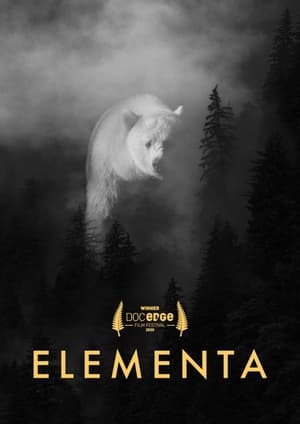 6.5
6.5Elementa(en)
A black-and-white visual meditation of wilderness and the elements. Wildlife filmmaker Richard Sidey returns to the triptych format for a cinematic experience like no other.
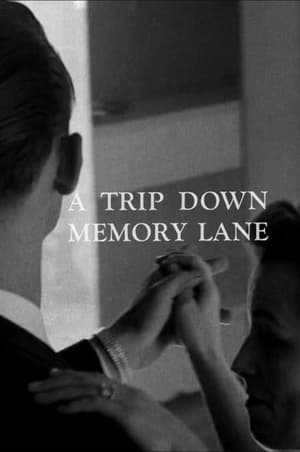 5.9
5.9A Trip Down Memory Lane(en)
A Trip Down Memory Lane is a 1965 experimental collage film by Arthur Lipsett, created by editing together images and sound clips from over fifty years of newsreel footage. The film combines footage from a beauty contest, religious procession, failed airflight, automotive and science experiments, animal experimentation, skyscraper construction, military paraphernalia, John D. Rockefeller and scenes of leisure, Richard Nixon and scenes of war, blimps and hot air balloons, and a sword swallower. Lipsett envisioned his film as a kind of cinematic time capsule for future generations.
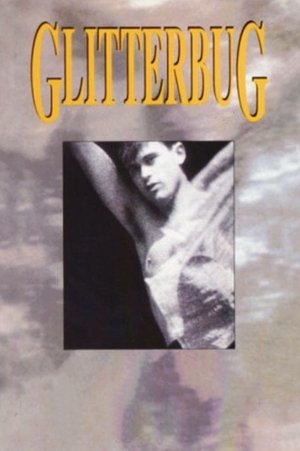 6.3
6.3Glitterbug(en)
A collage of Derek Jarman's super 8 footage spanning over 20 years.
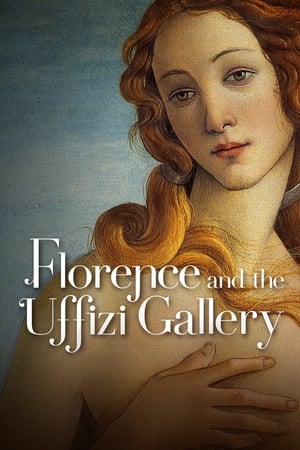 8.9
8.9Florence and the Uffizi Gallery(it)
Follows a trail of over 10 museums and 150 artworks amongst the most well-known in the world. It is an artistic foray into Florence taking in everything from the Brancacci Chapel to the Bargello National Museum, from Palazzo Medici, to the narrow city streets and Brunelleschi’s Dome, from Palazzo Vecchio to the Uffizi Gallery and the Accademia Gallery, without neglecting picture postcard places such as the Ponte Vecchio and Piazza della Signoria.
 5.5
5.5National Museum of African American History and Culture Grand Opening Ceremony(en)
The grand opening dedication ceremony of the Smithsonian's National Museum of African American History and Culture.
 7.1
7.1The End of Time(en)
Working at the limits of what can easily be expressed, filmmaker Peter Mettler takes on the elusive subject of time, and once again turns his camera to filming the unfilmable. From the particle accelerator in Switzerland, where scientists seek to probe regions of time we cannot see, to lava flows in Hawaii which have overwhelmed all but one home on the south side of Big Island; from the disintegration of inner-city Detroit, to a Hindu funeral rite near the place of Buddha's enlightenment, Mettler explores our perception of time. He dares to dream the movie of the future while also immersing us in the wonder of the everyday. THE END OF TIME, at once personal, rigorous and visionary, Peter Mettler has crafted a film as compelling and magnificent as its subject.
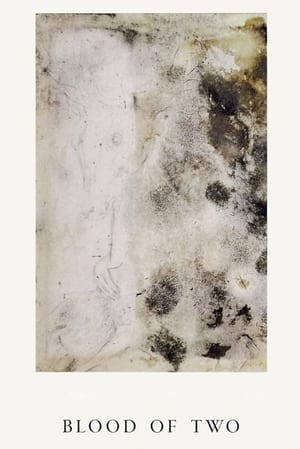 0.0
0.0Blood of Two(en)
The first collaboration between Matthew Barney & Elizabeth Peyton, Blood of Two is a unique, site-specific work that draws its references from Hydra itself – the surrounding environment, animals, humans, and local traditions are all part of the project in equal measure. Blood of Two centers on the former function of the Slaughterhouse and the customs of Hydra to establish connections between paganism and religion, ancient and modern, the ritualistic and familiar. As much as its conflicted terms strive for balance and fusion, it is Blood of Two’s greater resistance to these impulses, its failure to surrender unconditionally to them that ultimately counts, as a network of overlaps and crisscrosses.
Grand Opera: An Historical Romance(en)
Grand Opera marks a stock-taking of Benning's work and his life, presenting a personal and artistic autobiography woven together with a series of events dealing with the historical development of the number pi, Benning's travels, and homages to Michael Snow, Hollis Frampton, George Landow (Owen Land), and Yvonne Rainer.
 6.9
6.9Emak-Bakia(fr)
Emak-Bakia (Basque for Leave me alone) is a 1926 film directed by Man Ray. Subtitled as a cinépoéme, it features many techniques Man Ray used in his still photography (for which he is better known), including Rayographs, double exposure, soft focus and ambiguous features. The film features sculptures by Pablo Picasso, and some of Man Ray's mathematical objects both still and animated using a stop motion technique.
 0.0
0.0Dinolandia(es)
A mechanic discovers the fossil of a huge carnivorous dinosaur, unleashing a war between scientists, mayors and neighboring towns to keep “the biggest dinosaur in the world.” Among bone thefts, replicas and a mayor obsessed with creating Dinolandia, anything goes when it comes to surviving.
 8.0
8.0André's Eyes(pt)
André's Eyes is an experimental docudrama in which the actual family members themselves participate in the recreation of their own story. Set in a small village in the Portuguese countryside, the film follows the struggle of a divorced father to keep his family together after his youngest son is taken away from them and placed in a foster family.
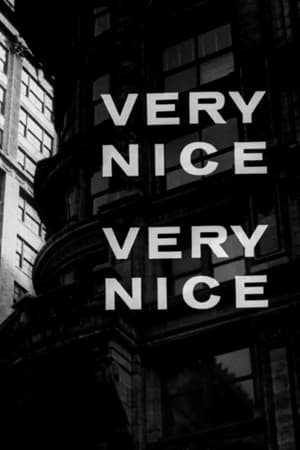 5.9
5.9Very Nice, Very Nice(en)
Arthur Lipsett's first film is an avant-garde blend of photography and sound. It looks behind the business-as-usual face we put on life and shows anxieties we want to forget. It is made of dozens of pictures that seem familiar, with fragments of speech heard in passing and, between times, a voice saying, "Very nice, very nice." The film was nominated for an Oscar for Best Live Action Short Film.
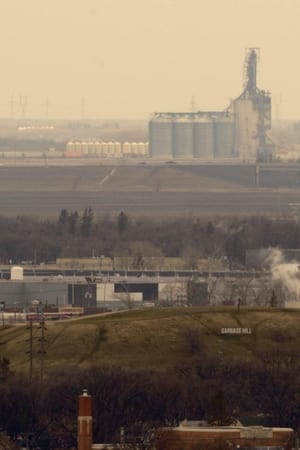 0.0
0.0Thursday(en)
Thursday shot from filmmaker Galen Johnson's high-rise apartment during COVID-19 “lockdown” in Winnipeg, captures people going about their daily routines in the city's eerily empty streets, yards and parking lots, on their balconies and on the riverbanks. The extreme distance and the diminutive scale of humans is paired with sound close-ups—a combination that embodies the strange, heightened intensity of feeling of the time, knowing an era-defining tragedy is happening yet being so physically removed.
